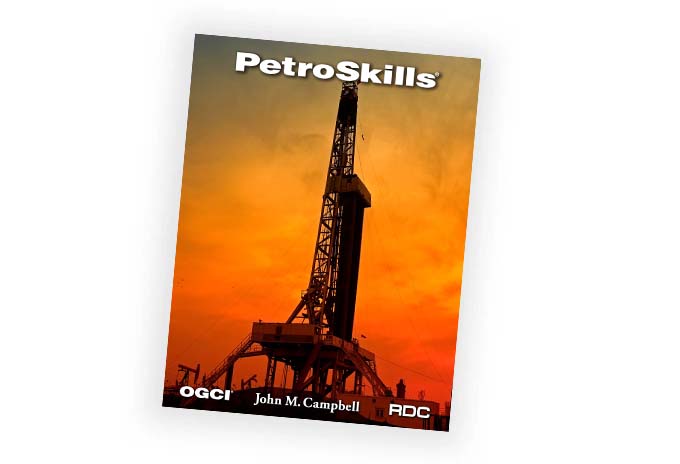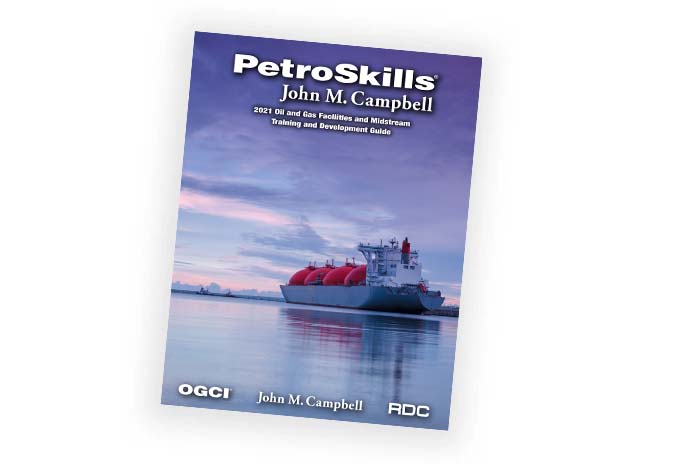Gas Lift - GLI
About the Course
Gas lift is one of the most widely used artificial lift techniques. Participants will investigate the impact of tubing sizing, gas lift valve selection, gas lift mandrel spacing, gas lift valve design, casing pressure, surface choke size, gas volume, etc., on well design and operation. Participants will practice mandrel spacing design and gas lift valve design, surveillance, and optimization at the well and field level using actual field data including the use of software programs. After attending this course, participants will be able to identify, diagnose, analyze, and solve gas lift problems. Computer software will be used/demonstrated during the course. The class includes pictures and videos of most important equipment components while being applied, to further participant understanding. This course emphasizes techniques to maximize production. New developments at various stages of development and application are also covered.
"Liked hands-on approach, manual calculations and low reliance on software." - Reservior Engineer, India
"Every part of the course I like. In my opinion course covers every important topic." - Petroleum Enginer, Croatia
Target Audience
Production engineers and operations staff responsible for designing gas lift installations and/ or performing surveillance and optimization on wells using gas lift; appropriate for staff at all levels of gas lift expertise and has been given with good results to both production engineers new to gas lift as well as industry gas lift consultants.You Will Learn
Participants will learn how to:
- Select the appropriate gas lift systems and equipment
- Design continuous-flow gas lift systems
- Analyze operating gas lift systems
- Increase production from your wells using gas lift technology and optimization
- Improve the economics of gas lift operation
Course Content
- Gas lift concepts and data
- Inflow/Outflow
- Nodal analysis
- Equilibrium curves
- Gas lift equipment and valve mechanics
- Valve selection and calibration
- Unloading
- Mandrel spacing and step-by-step, complete gas lift design for a well
- Temperature effects on valves
- Determine the Ptro
- Orifice sizing techniques
- Lift gas rates for best economics
- Causes and solutions of instability
- Gas lift surveillance and measurement
- Analysis of flowing pressure gradient surveys
- Analysis of GL surface charts and measurements
- Gas allocation and field optimization
- Use of computer software for gas lift design, troubleshooting, and optimization
Product Details
Categories:
UpstreamDisciplines:
Production and Completions EngineeringLevels:
IntermediateProduct Type:
CourseFormats Available:
In-ClassroomAdditional
Request a Public Session
If you are interested in a public session of this course, please click the button below to request it.
Request Public SessionIn-House Training
This course is also available upon request as a private, on-site seminar. Contact us for details and pricing.
Request In-House TrainingNeed Help
Contact us if you have additional questions about how to register for or attend this course.
Contact Us



